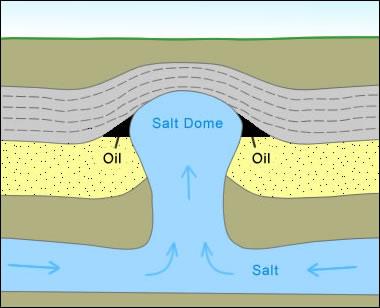..help keep rising sea levels in check?
If you were to find the volume of all the fresh water rivers and lakes on earth then X that number by 75 you could get an idea of how big of a container it would take to hold all the extra water from melted polar ice caps. There probably isn't enough hollow spaces on earth to hold it all. Cheers!
